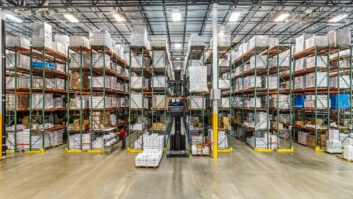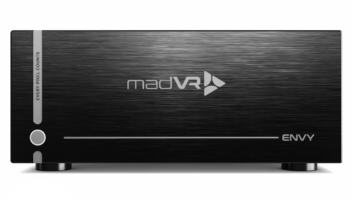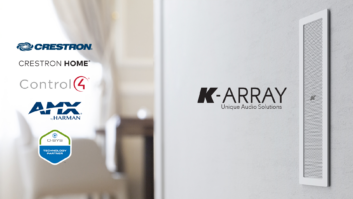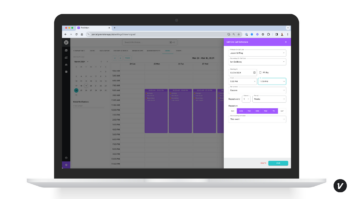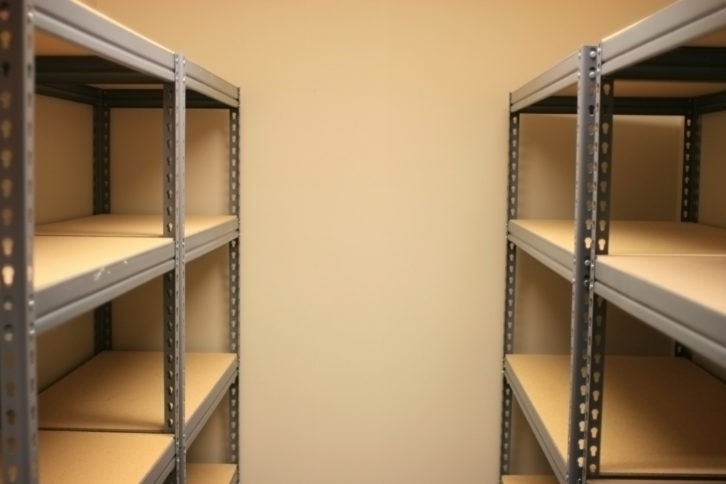
The global semiconductor chip shortage could last until 2023 according to Forrester Research. That means we are in for a wild ride for the next 18 months or so. With lead times on everything including audio matrices and amps, control processors, touch panels, lighting controls, network equipment, and more being two, three, four months or longer, what is a small business owner to do? We covered this in a January 2021 blog, but felt it was time for an update.
We have both increased our inventory levels significantly and have reaped the rewards. We close jobs and are winning more work because we have inventory and can meet our client’s needs. In fact, both of our close rates have increased, and we have heard from client anecdotally that they chose to work with us because other integrators could not commit to a timeline due to product shortages.
Additionally, we have encountered less price pressure — without inventory, fewer dealers are reducing pricing, since they often must pay retail to get the product they need. This has helped keep a floor under pricing and reduced the push back we get from our customers. (Side note: We do not discount. Our philosophy is that, if we discount, then we have to work harder to make the same amount of money — for example, for a $10,000 job, if you give a 15 percent discount, you are now selling that job for $8500. With a hypothetical margin of 30 percent at MSRP, you just went from a profit $3000 to a profit of $1500, and now need to land and complete twice as many projects to make the same profit.)
Also by Todd and Mark: Why We Are Loyal to a Single Control Brand
So how have we been managing our inventory to keep ahead of the backorders? We have been adhering to the following four key tenets to keep our businesses humming.
- Invest in inventory. Identify your fastest moving, most profitable, most critical, and most backordered SKUs. Unfortunately, you are going to have to tie up some working capital to make this work. We have both found that we are now maintaining 10-15 percent of our gross sales in inventory of product that we previously ordered just-in-time. Order weekly, bi-weekly, or monthly — whatever works for you storage situation and your cash-flow — but set a schedule and stick to it. Keep ahead of demand.
- Do not brand or product hop to find “something that will work.” You will end up hurting yourself in the end. If you execute on #1, you will not have to resort to this for key product categories.
- Keep in touch with your reps. Reps are your pipeline to information and they need to be honest with you about inventory positions. If you find that they are not being honest, will not share the information, or frequently do not have the accurate information you need, it may be time to find another partner for that product category. We need all of our partners to look out for each other during these inventory shortages.
- Specify products to take advantage of what you have access to and/or what you have in inventory. For example, Mark has been regularly ordering Sonos soundbars, Amps, and Subwoofers. Since AVRs are impossible to get and he is leery to hold stock since models change annually and he doesn’t want to be stuck with obsolete inventory, he has been specifying Sonos as his surround sound solution of choice. Yes, Sonos has major backorders, but their dealer portal is very clear about when expected deliveries will be and they have been quite accurate. Plus, Mark’s rep sends out a weekly update that provides the last order that that was fulfilled for each SKU. For example, this week’s email showed that Amps ordered May 19 were shipped. So Mark knows that it is likely that his order placed May 30 will ship in two weeks or so. More manufacturers need to provide this kind of transparency for their inventory and backorders so we can plan and stock accordingly.
Many of us are small business owners, and tying up $50k, $100k, or $250k in inventory is not very palatable. Talk to your banker. See if you can open a line of credit. Yes, you will pay some interest, but it will be much lower than the interest you pay on your credit card and will allow you to hold more inventory and keep the work and cash flowing. Business owners who do not figure out how to keep stock on hand will lose out and will struggle for the foreseeable future, while those who can figure it out will thrive. Which do you want to be?

